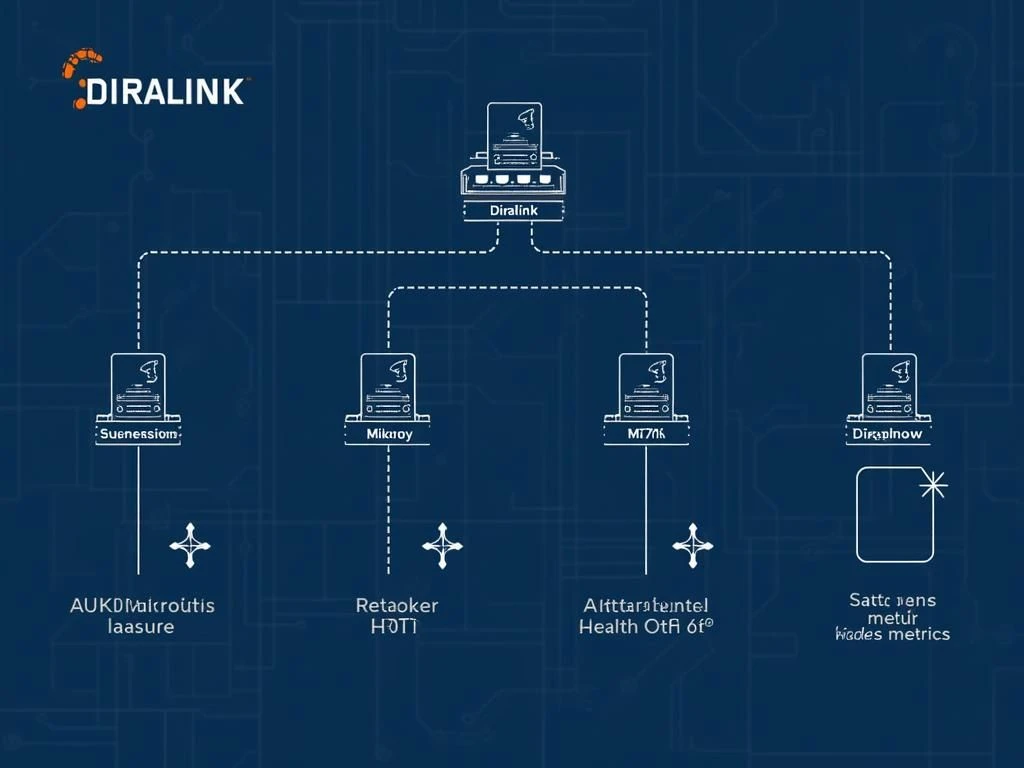Built for Always-On Networks: How Diralink's Fault-Tolerant Architecture Keeps ISPs Online
Peek under the hood of Diralink’s Erlang/Elixir foundation and see why resilient supervision trees matter for carrier-grade uptime in your internet and hotspot billing system.

Downtime costs more than refunds. It erodes trust and triggers churn. Diralink’s architecture embraces the realities of distributed networks—links fail, routers reboot, and integrations hiccup. Instead of hoping for perfect conditions, we design for graceful recovery.
Supervision as a First Principle
Built on Erlang/OTP, Diralink runs critical workflows under supervision trees. If a worker crashes, the system restarts it in milliseconds with known-good state. Supervisors isolate faults so incidents never cascade across billing, provisioning, and monitoring pipelines.
Resilience Across the Stack
- Stateless Phoenix interfaces scale horizontally, keeping the control plane responsive during surges.
- Distributed caches and queues absorb bursts from M-Pesa callbacks and router telemetry.
- Background jobs retry idempotently, so transient API or router failures heal without operator babysitting.
Network teams need transparency when incidents occur. Diralink pairs resilience with deep observability—structured logs, metrics, and traces that pinpoint which integration or router misbehaved.
Designed for Hybrid Topologies
Whether you deploy Diralink in the cloud, on-prem, or across both, the control plane keeps sessions alive and data consistent. Carrier-grade uptime is the baseline, not the goal.